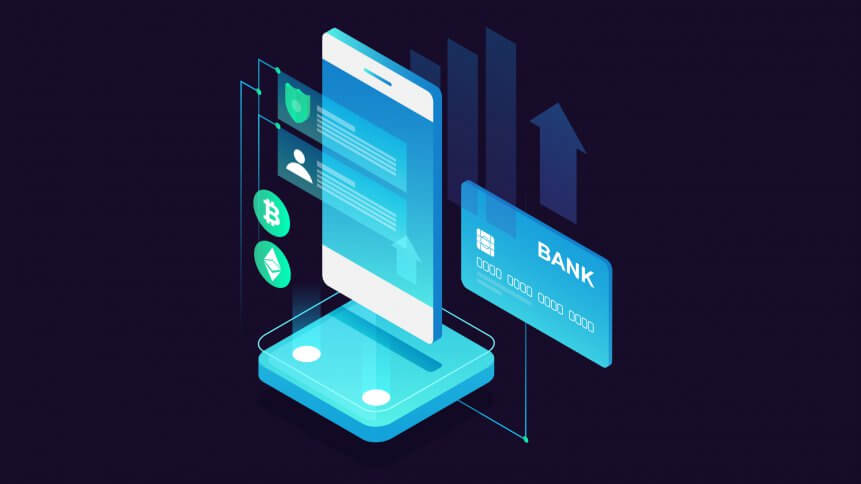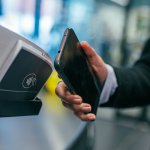How 5G could usher in ‘fintech 2.0’ — an interview

- 5G may be a long way off, but it promises another phase in fintech innovation
- From real-time personalization, enabling IoT, transforming trading
Buzzword or not, the movement we often regard as ‘fintech’ has undeniably impacted the wider world of finance, catalyzing a renewed dedication to customer experience (CX), data-driven personalization, and digitization.
The rapid innovation taking place in this hyper-competitive sector — both by new challengers and incumbents — is far from over, and the looming age of 5G connectivity promises a vehicle for further development.
Still a long way from availability in the mainstream, 5G theoretically offers access to cellular speeds 1000x faster than 4G, and that can open doors for exciting new applications in machine-to-machine (M2M) communication, virtual reality (VR), Internet of Things (IoT), among much more.
But it also promises to enhance the products and services we already use day-to-day already, including those offered by our banks. Financial services players that embrace this technology successfully are poised to pull far ahead of laggards as they realize new data-powered, personalized experiences for a widening band of millennial and Gen Z customers.
But what will 5G really offer in the fintech space, beyond what’s currently made possible by 3G and 4G?
“4G technology is increasingly unable to handle the load efficiently, which hampers timely transactions and trading,” Prof. Wong Kam Fai, Associate Dean (External Affairs) of the Faculty of Engineering at The Chinese University of Hong Kong told Tech Wire Asia.
“The amount of global financial activity has increased rapidly in the last few years. This, in turn, has led to a growing volume of financial data, which includes not only numerical data but also other forms such as location, audio, video, and the like.”
The potential of 5G in fintech lies in the super-low latency offered by the technology. This refers to the time it takes for a device to send a command to a remote server and get a reply. With 5G, latency is expected to be slashed from 50 milliseconds currently offered by 4G to under 1 millisecond.
Real-time personalization
This will make banking staples – like payments and transactions – instant. It will allow for quicker but much more robust security features. But it will also pave the way for real-time, personalized user experience when interacting with increasingly data-laden apps and services connected by APIs to various other databases.
Personalized mobile VR agents or chatbot advisors will become common on mobile. Available faultlessly when traveling, even on high-speed trains, this will only further reduce the need for customers to step into physical branches.
Enabling IoT
5G’s primary use case is in connecting more devices at lower power and lower cost, with more reliability. As a result, the advent of 5G is expected to be met with a surge in IoT devices, including smartphones, wearables, home appliances, and public infrastructure.
This will offer banks and payment providers further ground to innovate, making payments more seamless between devices and sensors, making their service a natural and secure part of their customers’ daily activities when combined with wearables, AR, and biometrics.
A customer could use a pair of augmented reality smart glasses to scan a product for sale in-store and apply a discount code and purchase instantaneously, for example, or could aim their smartphone at a concert poster and buy their ticket with a single swipe or nod of the head.
YOU MIGHT LIKE

How Revolut’s Sherlock AI saves its customers from fraud
Transforming trading
5G could also usher in a new era of high-frequency trading which could transform stock market transactions.
“It will be possible for complex decision-making factors such as those related to politics, economics, society, and technology to be taken into account in real-time to achieve intelligent trading analysis,” Prof. Wong explained.
With the success of buying and selling – and millions of dollars per year – coming down to just split seconds, 5G will be a highly-attractive technology for brokerage firms, who will be some of the most eager adopters.
In this field, Prof. Wong himself is currently working on how sentiment analysis can be used to draw insights from social media: “Virtual Brokers on mobile devices enable securities trading anywhere and anytime. These brokers are practically avatars that are implemented with VR and the Natural Language Processing technologies.
“Using sophisticated AI algorithms, a broker can read the facial expressions and understand the conversations of the clients. Based on that it can recommend the best investment tactics to the consumer.”
5G will offer fintech grand new possibilities, bringing digitally-savvy customers new and improved services. Outside of these exciting use cases, though, the technology will also enable some 1.7 billion people around the world to access a bank for the first time.









